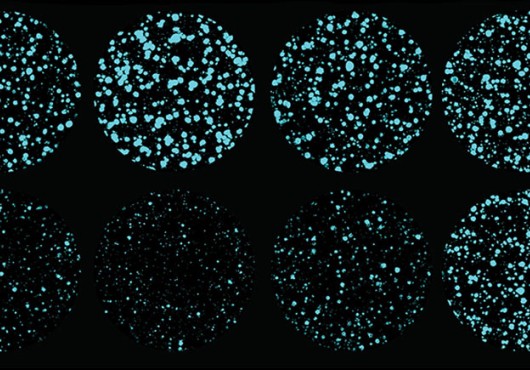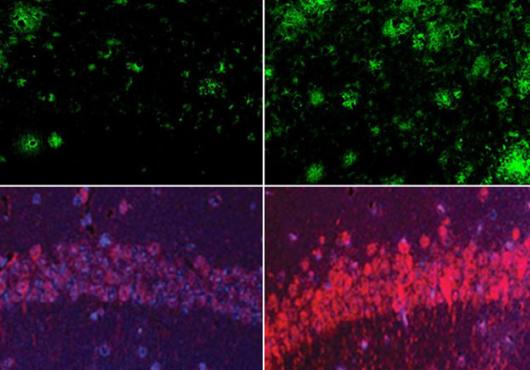
Menopause, the time that marks the end of a female’s menstrual cycles, is a significant transition that comes with aging. This change has health effects, but researchers don’t properly consider it in 99 percent of studies of the biology of aging, as highlighted in a recent perspective in Nature Aging.
This gap in research translates to gaps in women’s health care. Fabrisia Ambrosio, the article’s senior author and an HMS associate professor of physical medicine and rehabilitation at Spaulding Rehabilitation Hospital, along with colleagues from HMS, the University of Pittsburgh, the University of Minnesota, and Spaulding, emphasize the importance of better basic research models of menopause and other female-specific traits.
For example, one of the issues in studying menopause’s role in healthy aging is the lack of reliable animal models of menopause.
Ambrosio, the director of the Musculoskeletal Recovery Center at Spaulding, discussed the challenges and opportunities for building a better understanding of female aging.
When we look at age-related diseases, over 75 percent of them are likely influenced by menopause in one way or another. But the great majority of preclinical biology research studies in aging fail to consider menopause in their experimental setup.
Fabrisia Ambrosio






